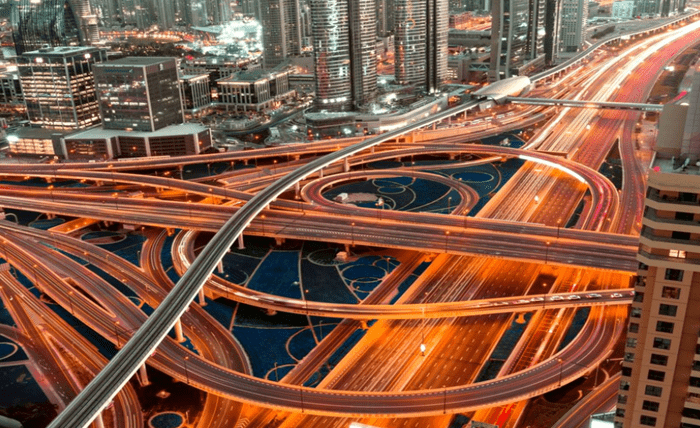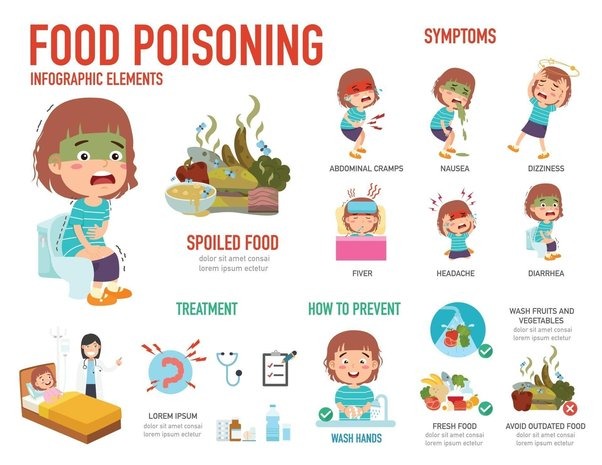Road To Rail: IT Solutions Transforming Transportation Networks

In the ever-evolving landscape of transportation, the integration of Information Technology (IT) solutions has become imperative for efficiency, safety, and sustainability. From roadways to railways, IT innovations are revolutionising the way we move goods and people. This article explores how IT solutions are transforming transportation networks, focusing on the transition from traditional road-based systems to the rail sector.
Enhanced Connectivity And Communication
One of the key benefits of IT services for transportation is the improvement in connectivity and communication. With advanced tracking systems, sensors, and real-time data analytics, railways can now operate with unprecedented precision. These technologies enable seamless communication between trains, stations, and control centres, optimising schedules and reducing delays. Furthermore, integration with other modes of transportation, such as trucks and ships, ensures a coordinated and efficient supply chain network.
Predictive Maintenance And Asset Management
Maintenance is an indispensable component of railway operations, serving to guarantee the infrastructure’s security and dependability. IT solutions have revolutionised maintenance practices through predictive analytics and condition monitoring. The installation of sensors on tracks, railroads, and equipment enables proactive maintenance interventions by detecting potential problems before they become severe. By predicting maintenance needs and optimising schedules, railways can minimise downtime, reduce costs, and enhance safety for passengers and cargo alike.
Optimisation Of Freight And Passenger Services
IT solutions play a vital role in optimising both freight and passenger services in the rail sector. Advanced scheduling algorithms and route optimisation software enable railways to maximise capacity utilisation and minimise transit times. For freight transportation, this means faster delivery times and reduced costs, contributing to a more competitive logistics industry. Similarly, for passenger services, optimised schedules and improved connectivity enhance the overall travel experience, attracting more passengers to rail travel as a sustainable and efficient mode of transportation.
Safety And Security
Ensuring security and safety in the rail industry is of the utmost importance, and IT solutions provide an extensive array of tools to accomplish this. From predictive analytics to video surveillance and access control systems, railways can monitor and mitigate potential risks in real time. Furthermore, technologies such as Positive Train Control (PTC) and Automatic Train Control (ATC) systems help prevent accidents and ensure compliance with safety regulations. By implementing IT solutions, railroads can enhance operational safety for employees and passengers, thereby decreasing the probability of accidents and bolstering public trust in rail transportation as a whole.
Environmental Sustainability
In an era of increasing environmental awareness, sustainability has become a primary concern for transportation networks. Railways are inherently more eco-friendly than road-based transportation, emitting fewer greenhouse gases and consuming less energy per ton-mile. However, managed IT solutions can further enhance the environmental credentials of railways through optimised operations and energy management. Smart grid technologies, regenerative braking systems, and renewable energy sources can minimise the carbon footprint of rail networks, making them a more attractive option for shippers and passengers seeking sustainable transportation solutions.
Conclusion
As the demand for efficient, safe, and sustainable transportation continues to grow, the role of IT solutions in transforming railway networks becomes increasingly significant. By embracing digital innovations, railways can improve connectivity, optimise operations, enhance safety, and reduce environmental impact. The road to rail transition is not just about moving goods and people—it’s about leveraging technology to build smarter, more resilient transportation networks for the future.




